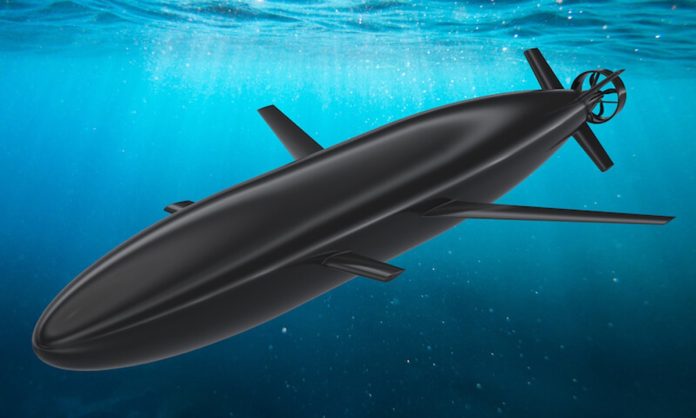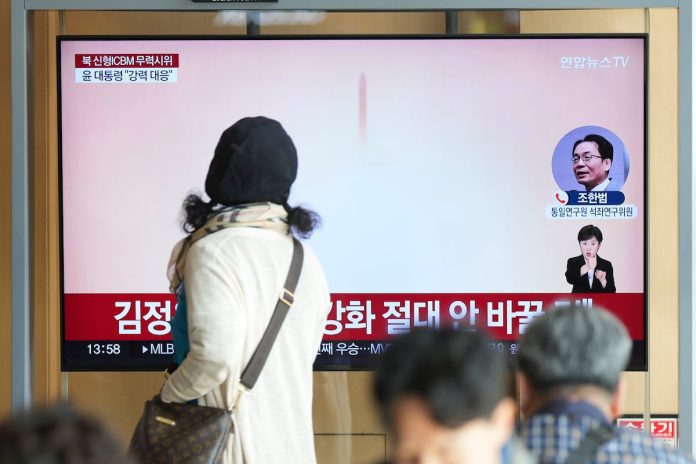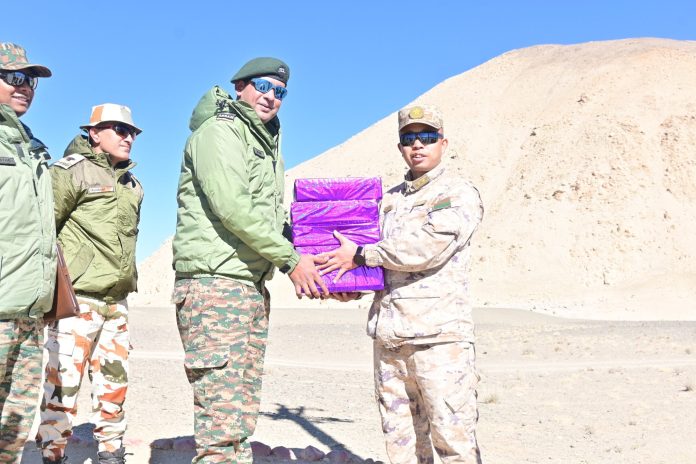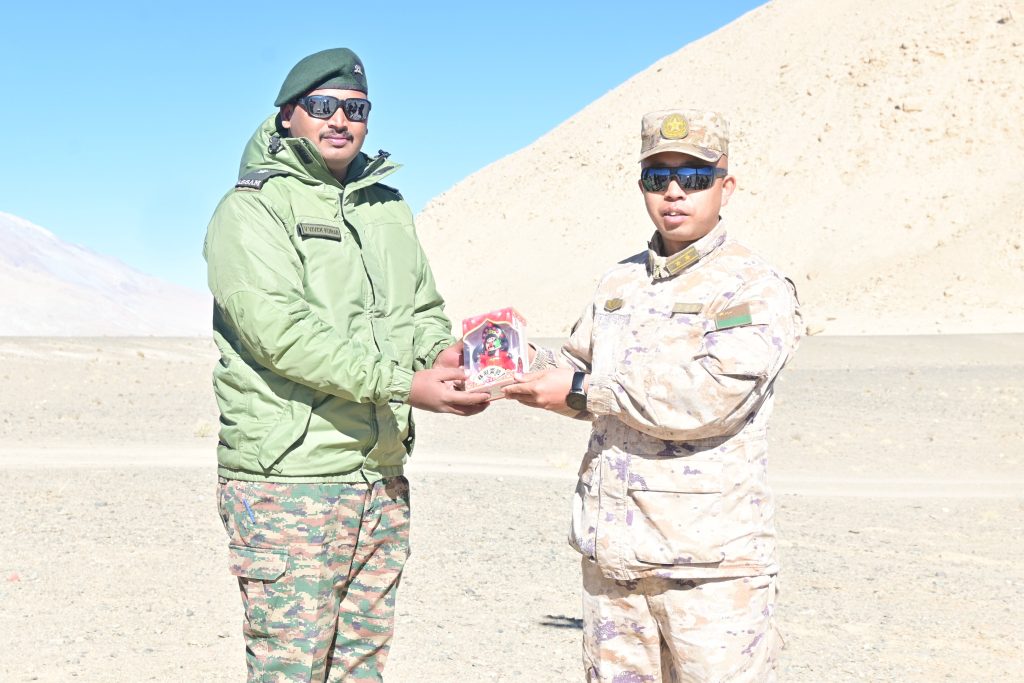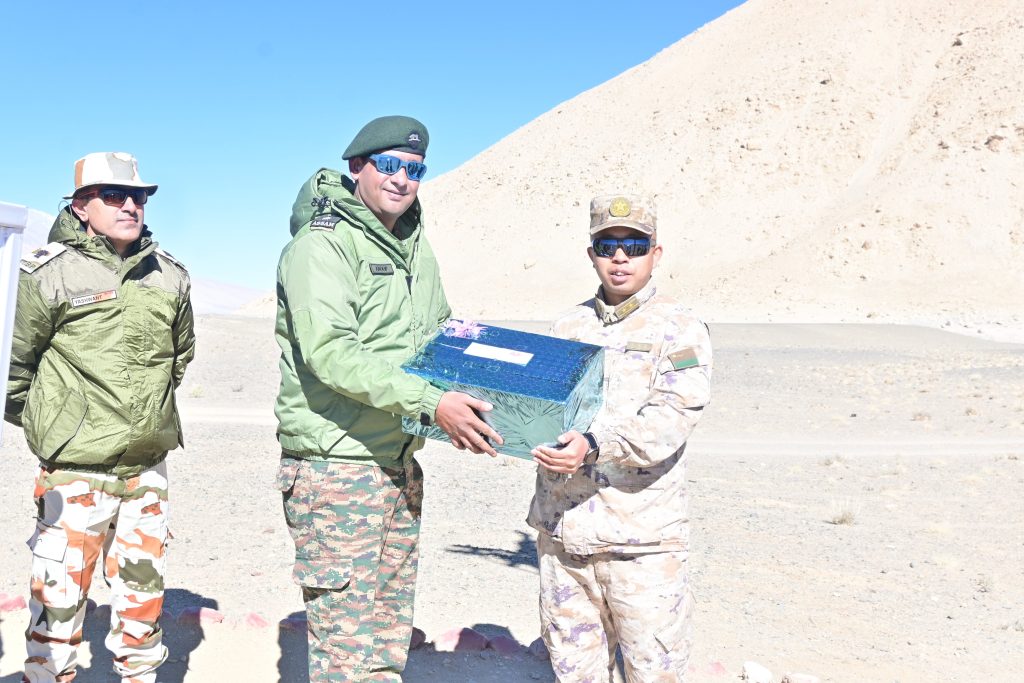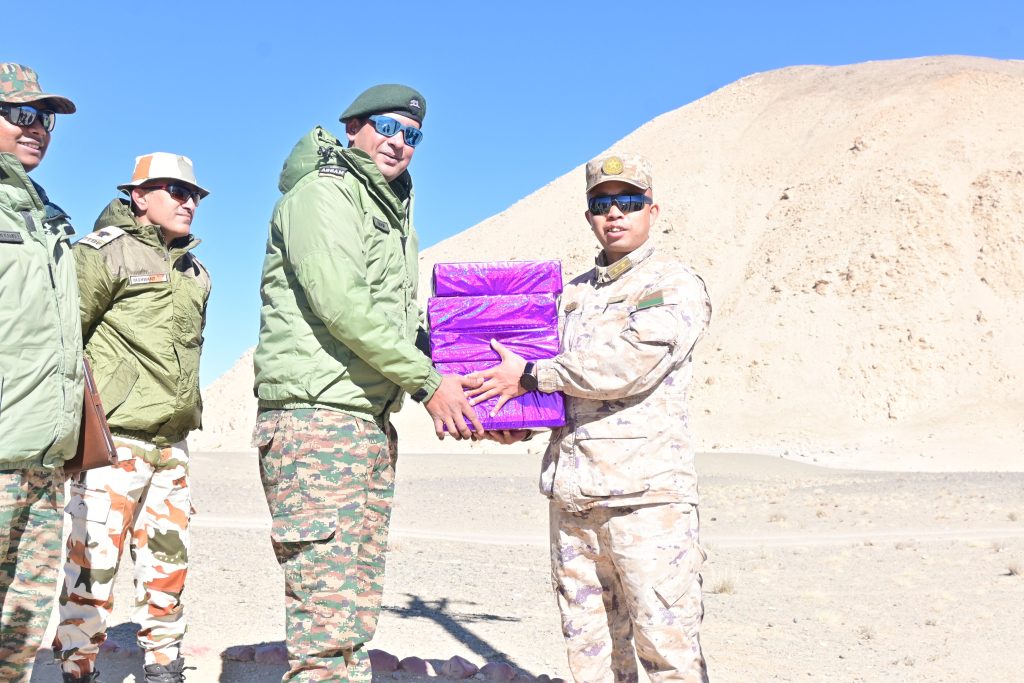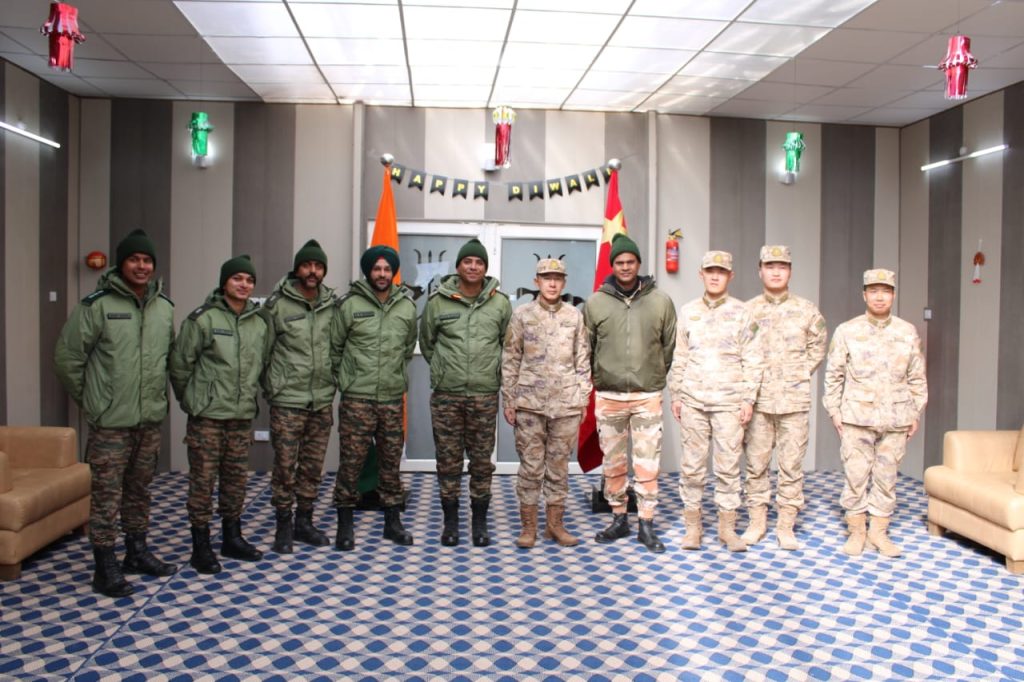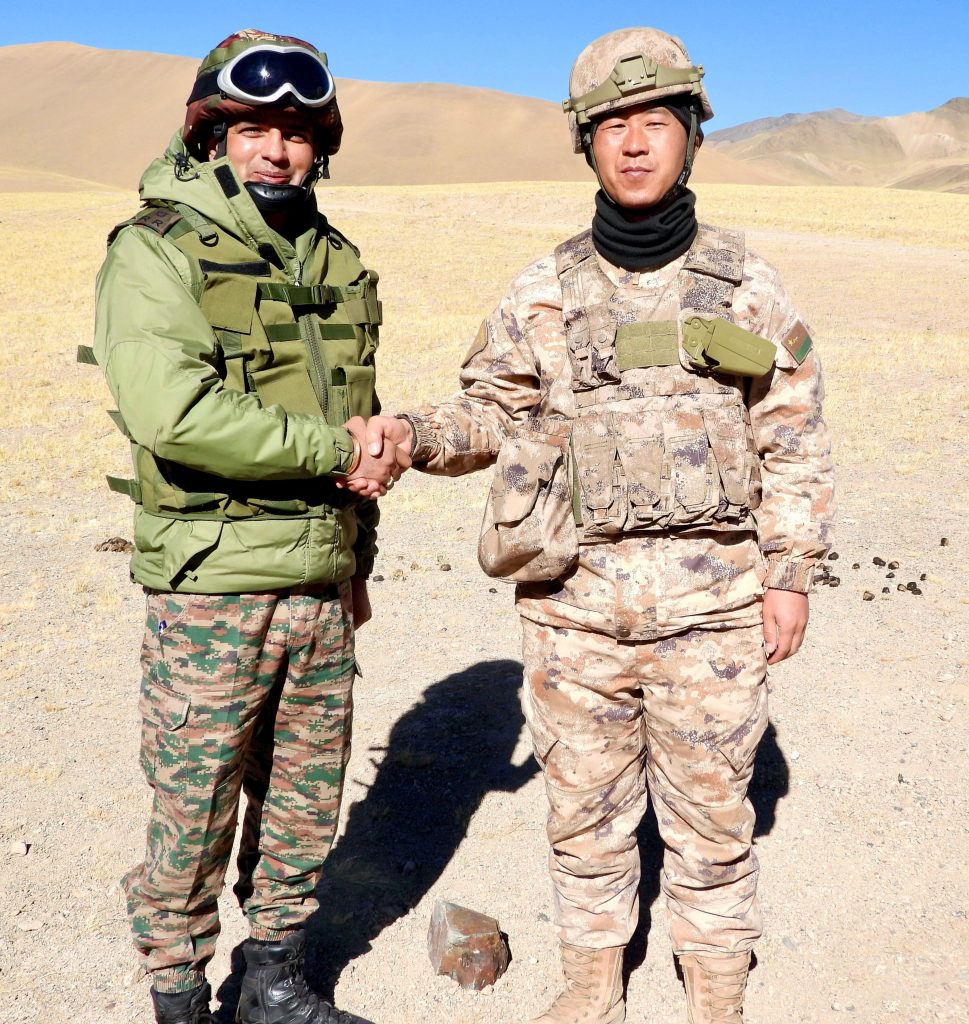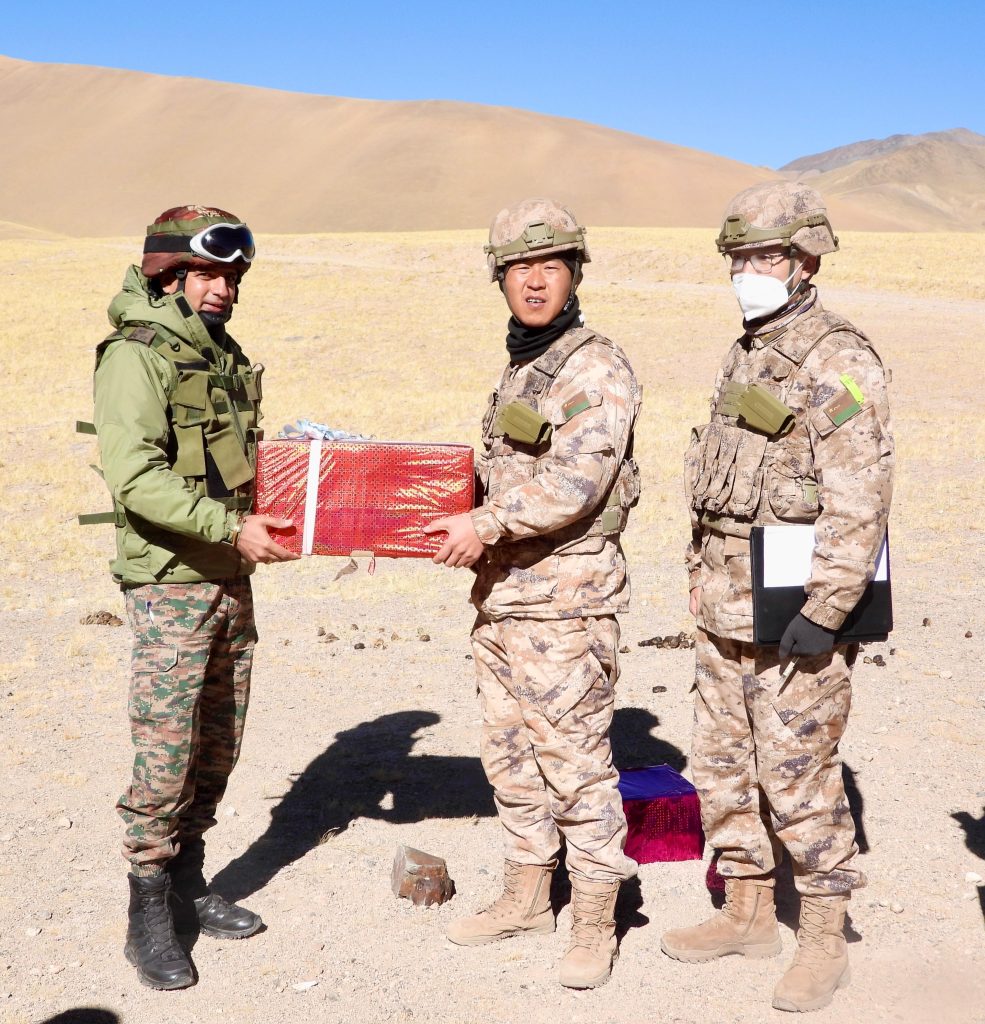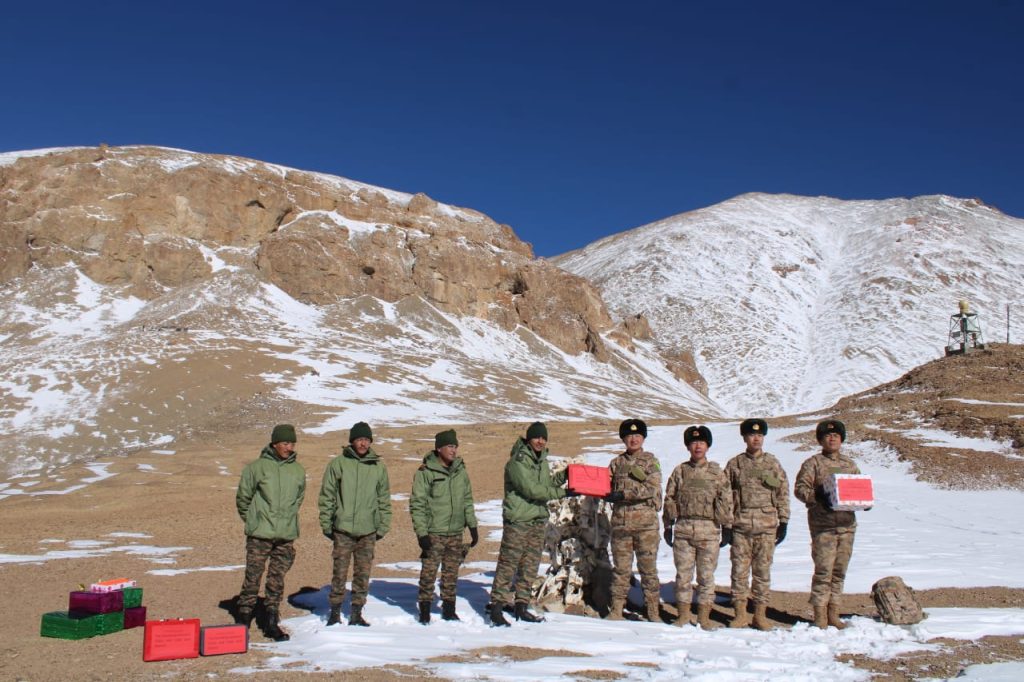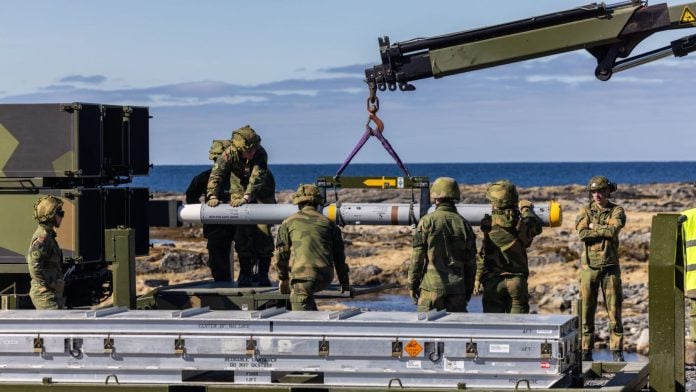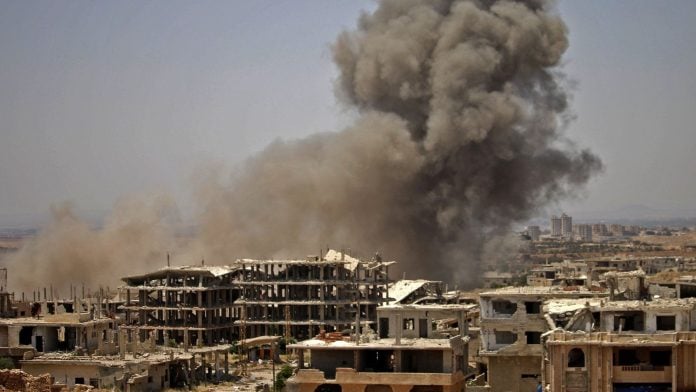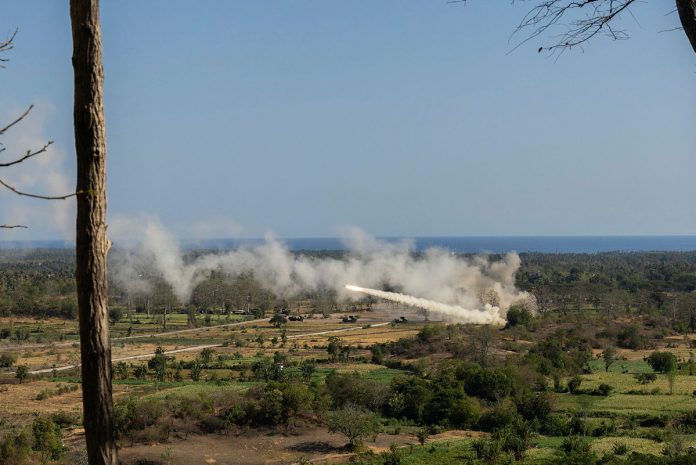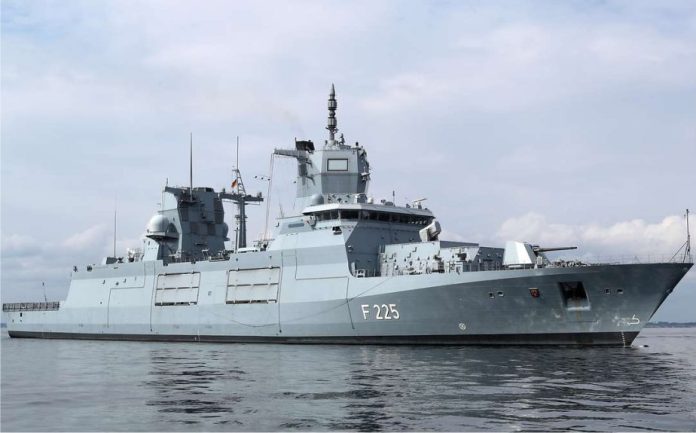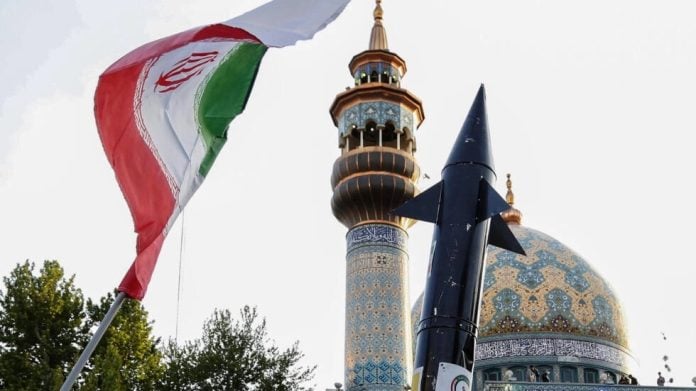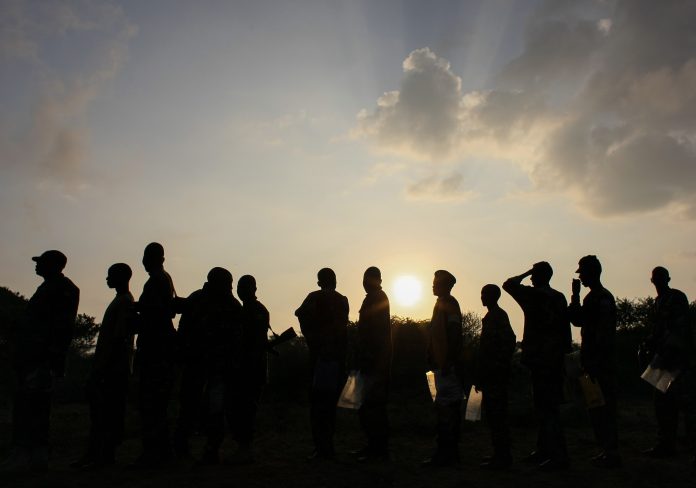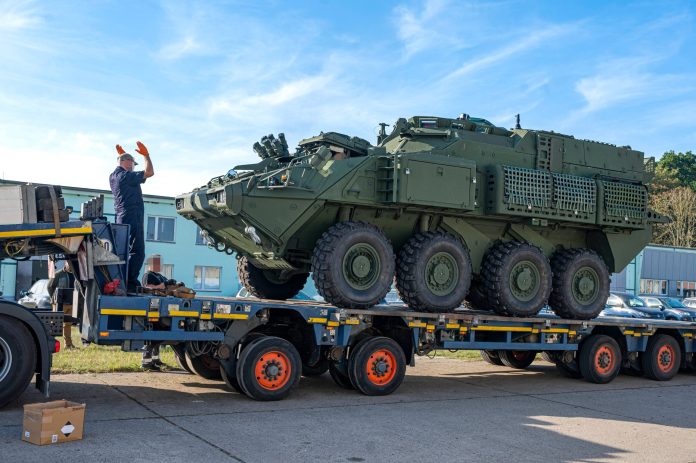Thales Australia Partners with C2 Robotics to Enhance Autonomous Underwater Vehicle Speartooth
Sydney, Australia – Thales Australia has announced a significant partnership with Australian company C2 Robotics to integrate its sovereign sonar sensor technology into the large uncrewed underwater vehicle (LUUV) known as "Speartooth." This collaboration aims to bolster Speartooth’s autonomous navigation capabilities, enhancing safety, reliability, and precision for a diverse range of maritime missions.
The partnership signifies a commitment to local production, as all sensors and electronics for the Speartooth will be designed and manufactured at Thales’ Acoustics Centre of Excellence in Rydalmere, Sydney.
Troy Stephen, Vice President of Underwater Systems at Thales Australia and New Zealand, expressed enthusiasm for the collaboration, stating, “C2 Robotics have been collaborating with the Navy for several years on Speartooth and in that time they have demonstrated the maturity of the vessel. We are very pleased to be able to support C2 Robotics’ focus on manufacturing scalability and their speed to capability ethos.”
This development has garnered support from the Royal Australian Navy (RAN), particularly from Commodore Michael Turner, Director General Maritime Integrated Systems, who remarked, “The Royal Australian Navy is very supportive of this partnership. It’s a great example of Australian Defence Industry collaborating to advance our maritime uncrewed systems.”
C2 Robotics has designed the Speartooth LUUV to be low-cost and scalable for high-volume production and deployment. The vehicle is engineered for long-range and long-duration underwater operations, showcasing a modular design that offers large payload bays for various mission-specific equipment.
Furthermore, Speartooth is equipped with a common command and control system to facilitate streamlined operations and efficient vehicle management. Its unique features include direct propeller propulsion for agile maneuvering and variable buoyancy propulsion for depth adjustments tailored to specific mission requirements.
This strategic partnership is poised to enhance Australia’s maritime capabilities while promoting local industry and technological advancement in uncrewed systems.

